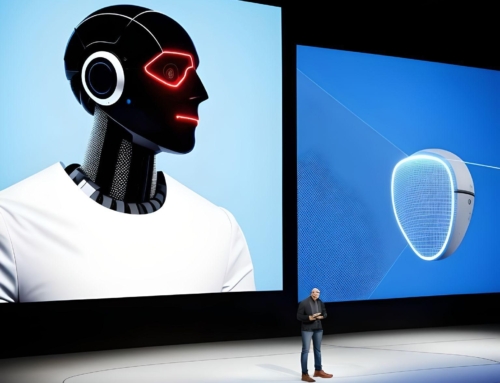THE ELECTRIC VEHICLE DICHOTOMY
The 21st century is being marked by a wave of environmentalism and a tendency to preserve the environment. Climate change is an irreversible fact and as always, humans do not react until we have the problem in front of us. It is for this reason that more and more people are opting for electric vehicles over combustion vehicles, for bioplastics over traditional plastics and not to eat meat because of the pollution this industry causes.
In other articles, we explained what bioplastics were and their advantages and disadvantages. Today we will focus on the electric vehicle dichotomy.
In the last decade, governments have encouraged the purchase of electric vehicles, claiming that combustion vehicles pollute the planet and emit large amounts of greenhouse gases.
Today we will focus on the electric vehicle dichotomy.
The electric vehicle is mainly designed to make short and interurban journeys, and it is a good method of not polluting while driving as it emits zero CO2 emissions during its operation. But what about batteries? And with the energy spent to charge the electric car?
Electric vehicle batteries are lithium-ion batteries. Due to the great demand for lithium batteries in recent years, large extensions of mines of this material have been created all over the planet. Any extraction of raw materials can lead to soil degradation, water scarcity, loss of diversity, ecosystem damage and increased global sprawl, and lithium is no exception.
According to a report by Amigos de la Tierra, it has been verified that the extraction of lithium seriously damages the soil and causes air pollution. To give an example, the salt fields from which this mineral is extracted in South America are located in arid territories where access to water is essential for the communities that live there. What the lithium extraction industry does is divert and pollute this resource for its own benefit; as a fact, 2.2 million litres of water are needed to produce one ton of lithium, which is equivalent to the manufacture of 90 electric cars. So, with the great demand and the conflicts generated, several experts assure that the extraction of lithium is not viable for a long time and bet on other alternative elements such as iron or silicon. Iron batteries are much cheaper to manufacture than silicon batteries.
The recycling of this type of battery is also a point to highlight. Once the battery has fallen into disuse or has been damaged, all the materials that compose it must be extracted and used to make other batteries. But it was not until a few years ago that the recycling of batteries was established, this is a feasible but very expensive and complicated process. The main reason for the delay in this recycling is that the manufacturers did not believe that a battery with recycled material would give the same performance as a new one.
Regarding the electricity consumed when charging the electric vehicle, it can be derived from renewable energy sources but also from non-renewable ones, which generate a great environmental impact on our planet. In fact, fossil fuels comprise 80% of current global energy demand and are the source of approximately two-thirds of CO2 emissions.
So, what are the real reasons that lead us to buy electric vehicles? After analyzing these aspects, we may have to question whether the electric vehicle is as good a solution as we are led to believe or perhaps we need alternatives that are sustainable throughout the life cycle.







